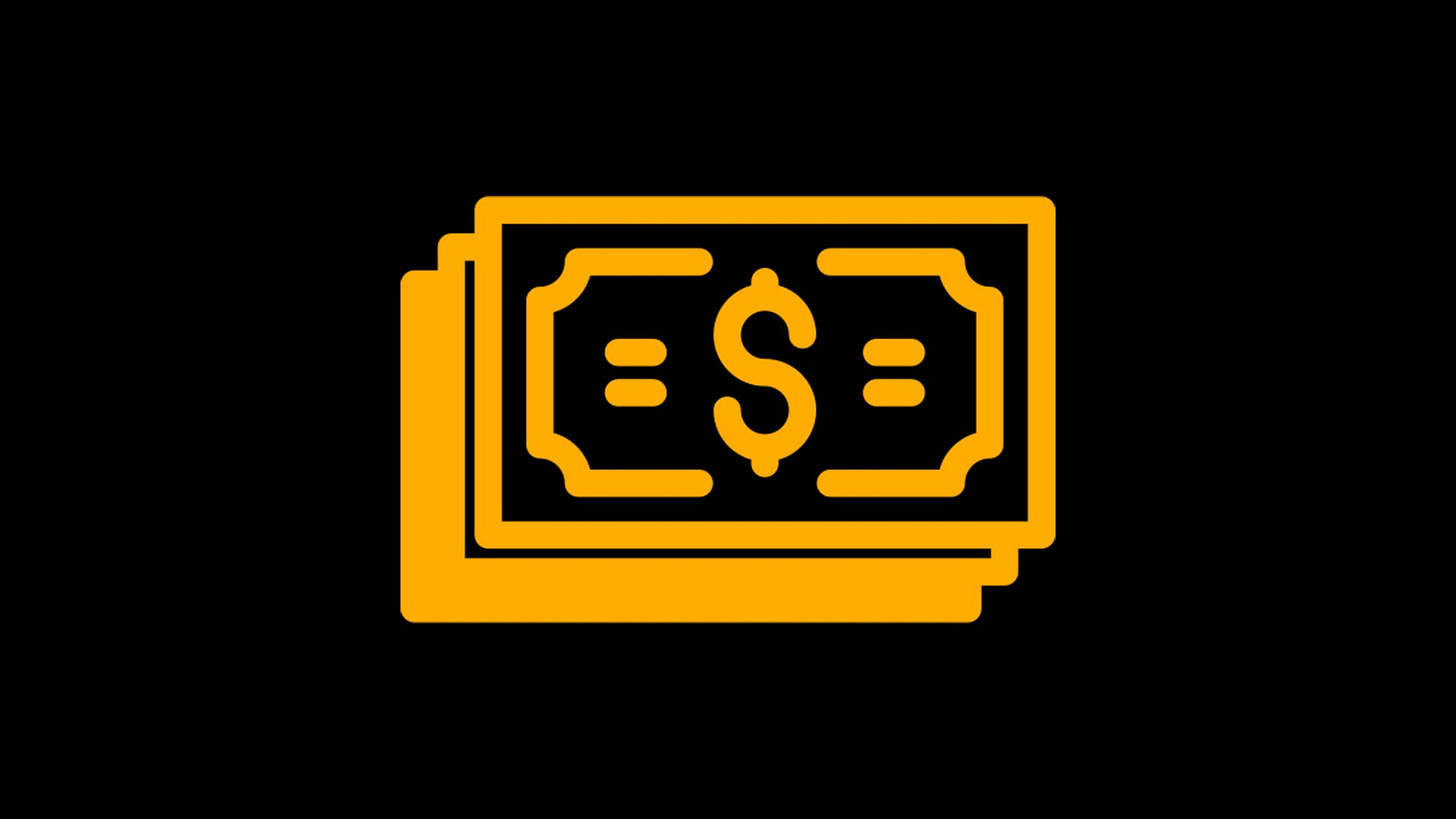Making $100 a day seems so trivial. But it’s so damn hard at the same time.
You see others bragging about their numbers, but it seems like a jigsaw puzzle you can’t solve. If that’s what you’re feeling, I hear you.
Because I felt the same.
I’ve been making a full-time living from my content for over a decade, but it took time to put the pieces together. It was like hitting an invisible wall that secretly prevented me from reaching my income goals.
Over the years, I’ve discovered that earning a consistent income with writing requires two things: a system, and patience.
While I can’t help you become more patient, I can show you the system that got me there.
Why most writing goes unnoticed
Most writers are guilty of this.
They fall into the trap of typing out their thoughts, hoping they’ll resonate. But nobody cares about what you want to write about.
It’s about solving a problem for your reader.
Take a look at this article. You wouldn’t have clicked it if there wasn’t a clear “what’s in for you” benefit weaved in.
You might wonder, “How do I find these problems?”
It’s simpler than you think.
Look around
Remember the things you’ve been struggling with.
Head over to Amazon, read people’s comments.
People are constantly mourning their frustrations online.
As an example, one of the pain points I’m solving with this article is how to bridge the gap between writing that keeps writers broke, and writing that makes money. It’s something I want to write about, but within the frame of the problem.
Identify the problem your reader is facing right now.
Write on this very specific platform
Too many writers overcomplicate this.
There are many ways to start getting eyeballs on your writing:
𝕏
SEO
Medium
LinkedIn
The list goes on…
It doesn’t really matter which platform to choose. They all work. What matters is where your audience hangs out and what type of content you enjoy creating.
I hate social media and interacting with others.
So, I focus on long-form like on Medium, Substack, and SEO. This helps me stay consistent and repeat the process over time to benefit from the compound effect.
Next, learn the dress code of each platform. Buy a course or two. Invest in some coaching and mentoring. It’s about understanding how to write content that works on the platform you’ve chosen.
Then, start creating a bunch of content focusing on the problem you solve.
Stop chasing followers
Writing on platforms without ever building your list is a waste of time.
Picture this: someone reads your article on SEO. They’re intrigued, hungry for more. Offer them to go deeper down the rabbit hole. Offer them a free email course.
That way you build your list and train them to open your emails at the same time.
These mini-courses are appetizers. Tasty, tempting, and leaving your readers craving the main course. I like to keep it simple: 5 emails, 5 lessons. Usually, my emails are around 500 words long. So you can bang them out in 30 minutes or so.
Each lesson helps them get closer to solving their problem.
Earning big in the writing world
I see too many writers rely on platform money to fuel their lifestyle.
This is a mistake.
It keeps you a slave to the platform. You can get banned at any time. It’s unpredictable. And you don’t own your audience.
There are only two ways to make real dough in this game: coaching or selling a course.
Ebooks? Forget them. I bet you would not pay more than $50 for a 50-page PDF.
I love creating courses. They’re fast and cheap to create. They have a higher perceived value than books. Nobody takes you up on typos. It’s visually engaging.
The topic of the course is simple: show everything you didn’t have the time to teach in your emails.
I like to make my course an impulse buy.
In my niche, $97-$197 hits the sweet spot. It’s like setting the right bait for your fish. Not too cheap that it feels like a throwaway, not too pricey to make them balk.
And please, don’t overcomplicate this. I remember my first course that took me months to create. Today, I create small courses in less than 10 hours of work.
Think about what your audience desperately needs and create a product that fills that void.
The art of subtle persuasion
Your new subscribers went through your first 5 emails.
They know you have the knowledge to help them solve their problem. Now, it’s time to show them the paid stuff.
Writing emails to promote your course isn’t about bombarding your audience with salesy emails.
We all hate them.
Instead, it’s about:
telling stories
debunking myths
acknowledging fears and frustrations
I love telling stories about mistakes I made. They show that I’m a real human and make the reader resonate without feeling bad. I keep the ratio pitch rock-bottom low:
80% of content, 20% of pitch.
Each email is a subtle nudge toward your course. It’s like leading a friend through a journey, with your course as the destination.
Don’t just talk about your product.
Let your personality shine through. It’s like having a conversation over coffee, not a sales pitch in a boardroom.
Launch your (almost) passive income machine
Why is this “almost” passive income?
Because there’s one non-negotiable: you need to keep feeding the machine. And in this world, the fuel is your writing.
This system, once set up, works like a dream — on autopilot.
As long as you keep writing, keep solving problems, and keep connecting with your audience, the system feeds itself.




Great tips Matt! Thank you.
Thank you for sharing! Loved it